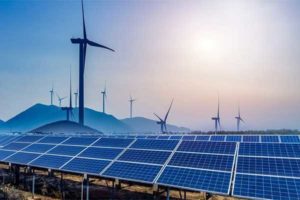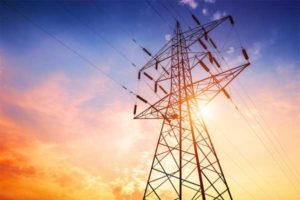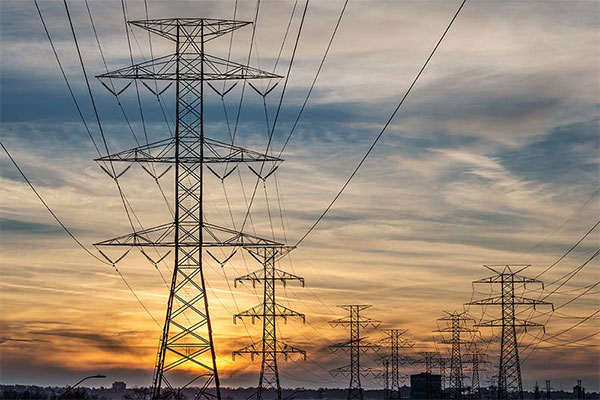- The Ukraine crisis has put a spotlight on energy security and Canada must adapt to ensure its own security.
- Renewables energy sources like solar and wind are the cheapest options for new power production, even lower than fossil fuel sources.
- Canada has more than 160,000km of transmission network lines, however they mostly run north-south towards the United States. It will need greater inter-provincial/territorial connectivity if it intends to make the best use of these said renewable energy sources.
The invasion of Ukraine has cast a spotlight on energy security, and Canada must adapt to ensure its own security. Western sanctions and Russian retaliation have disrupted energy security across Europe.
Consequently, oil and natural gas prices hit record highs in May 2022, despite Canada being a leading producer of both. These increases have hastened inflation more broadly, bringing real financial pain to Canadian households across several fronts.
This volatility is not new and is unlikely to change.
The implied volatility of natural gas hit 122.5% in October 2021, months before the Ukraine crisis, and this trend has only increased in 2022. Such volatility is driving a race in the EU to transition from natural gas, and renewable energy provides a solution to improve energy security.
Why renewables?

Renewable energy is useful energy that is collected from renewable resources, which are naturally replenished on a human timescale, including carbon neutral sources like sunlight, wind, rain, tides, waves, and geothermal heat. (hrui/Shutterstock)
Solar and wind are the cheapest options for new power production. Between 2010-2021, the Levelized cost in USD/kWh for photovoltaic installations dropped from 0.40 USD/kWh down to less than 0.05 USD/kWh, lower than fossil fuel sources.
Any state seeking to improve energy security will find renewable sources to be a cost-effective means of phasing out non-renewables.
In the Canadian context, fossil-fuel-reliant provinces typically pay 60% higher for energy than provinces reliant on non-emitting/renewable sources. Consequently, Alberta added 1.6GW of renewable electricity between 2019-2021, a 17% market share.
In addition to being cost-effective to install, renewable electricity generation, once installed, is not subject to sudden market fluctuations such as those which plague oil and natural gas. Once connected to the grid, solar and wind producers can deliver consistently low-cost power into the system, lowering energy costs.
Renewable energy can be transferred directly into and out of provinces by transmission wires, unlike oil and gas.
Where does Canada stand?
Canada has more than 160,000km of transmission network lines, however, they mostly run north-south toward the United States. Canada will need greater inter-provincial/territorial connectivity to use renewable energy sources best.

How do you store renewable energy so it’s there when you need it, even when the sun isn’t shining or the wind isn’t blowing?
To meet the demands of flexible generation, Canada can rely on other non-fossil fuel power generation to ramp up and down to counteract solar and wind generation variability. This resolves the flexibility issue and creates financial incentives: when solar and wind sources are maximally producing, hydro and nuclear sources, which are expensive to operate, can be wound down, reducing costs.
Another solution to production variability is creating better energy storage solutions. Utility-scale lithium-ion batteries have reduced significantly in price. They will continue to do so with investment, making it a viable low-cost solution to variable power production rates.
Canada’s forecasting tools are also advanced. Producers can access 12-hour power forecasts with regular updates, and these tools will only become more sophisticated and widespread as renewable energy is added to the system.
Currently, gas makes up 11% of Canada’s energy and 76% of transportation and heating demand, leaving Canadians open to price fluctuations in the oil and gas markets. At the same time, 82% of Canadian electricity comes from non-emitting sources like hydro and nuclear power, and the federal government has committed to a nationwide coal phaseout by 2030.
The EU now understands the pain of volatile energy markets and is scrambling for energy security. If Canada wants to avoid the same pitfalls and worsening financial strain on households, it should make the investments necessary for secure, reliable, renewable energy and now is the time to do it.











Comments